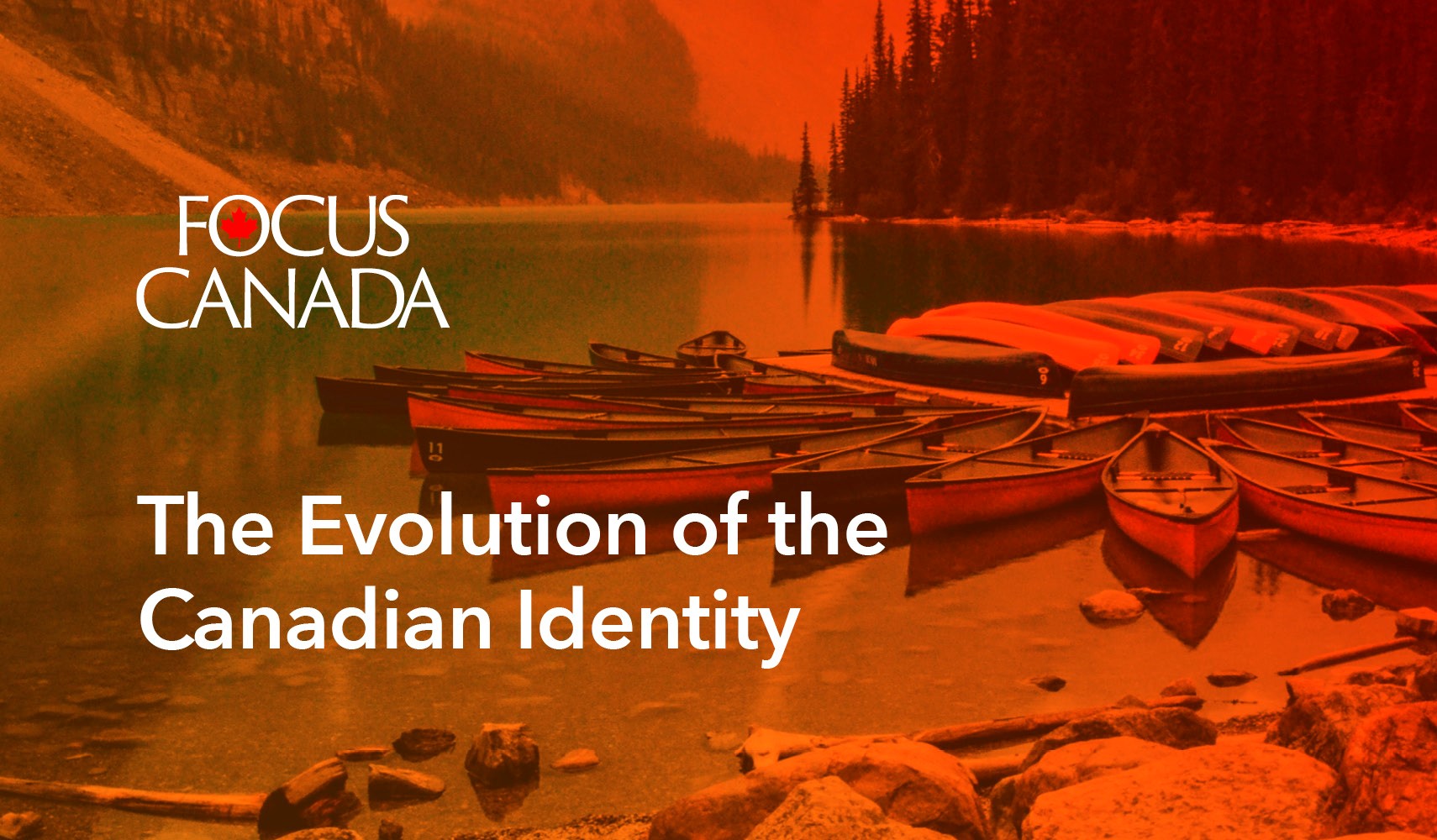The Evolution of the Canadian Identity

The Evolution of the Canadian Identity
As part of its Focus Canada public opinion research program (launched in 1976), the Environics Institute updated its research on the Canadian identity. The survey was conducted in partnership with Century Initiative. This survey is based on telephone interviews conducted (via landline and cellphones) with 2,000 Canadians between September 6 and 30, 2022. A sample of this size drawn from the population produces results accurate to within plus or minus 2.2 percentage points in 19 out of 20 samples.Executive summary
The Canadian identity is in constant evolution, in response to changing political forces and cultural influences. One of the more important potential sources of change in recent years is the growing ethno-cultural diversity of the population, driven by immigration and, in particular, by the growing number of immigrants arriving from Asian and Africa. Ongoing discussions of the history and current situation of Indigenous Peoples in Canada might also be affecting how people conceive of the national identity. Other events may affect the resonance of certain symbols, such as the prominent display of the Canadian flag by the protestors who occupied parts of downtown Ottawa earlier in 2022.
The evolution of the Canadian identity, and of pride in being Canadian, has been tracked by the Focus Canada survey since the mid-1980s. The latest survey, conducted in September 2022, finds that nine in ten Canadians express at least some pride in being a Canadian, including three in five who say they are very proud. But this survey also confirms that the strength of this pride is somewhat lower than in previous decades. Strong pride has declined among all age groups, but more noticeably among those under the age of 45, compared to those age 45 and older.
In terms of the Canadian identity, three items stand out as the most likely to be seen as very important: the Canadian Charter of Rights and Freedoms, Canada’s health care system and Canada’s systems of public education. Three other items are almost as likely to be seen as very important: Indigenous Peoples in Canada, the Canadian flag and multiculturalism.
The relative importance of these and other items, however, has shifted over time. Items relating to Canada’s diversity – such as multiculturalism, the Charter of Rights and Freedoms, bilingualism and Indigenous Peoples – are all becoming more likely to be seen as important to the Canadian identity. More traditional items, such as the national anthem, the flag, the RCMP and the CBC have – at least more recently – become less important.
Perspectives on national identity vary considerably among population groups within the country. Among the most notable differences are those between Quebecers and those living in the rest of Canada. Quebecers are significantly less likely to say that a number of symbols of the Canadian state are very important to the Canadian identity. There are also differences among age groups, as many of the components of Canadian identity resonate more with younger Canadians than with their older counterparts. This is the case in 2022, both with social programs such as health care and public education, as well as the items associated with Canada’s diversity, including the Charter of Rights and Freedoms, Indigenous Peoples, multiculturalism and bilingualism.
As might be expected, immigrants are more likely than those born in Canada to express attachment to components of the Canadian identity such as multiculturalism. But immigrants are also more likely than non-immigrants to see other symbols of the Canadian state, such as the flag and the national anthem, as being very important to the Canadian identity.
Finally, there are important differences in the opinions of supporters of the main federal political parties: Conservative Party supporters are more likely than Liberal Party or NDP supporters to say that items traditionally associated with the Canadian state (including the flag and the national anthem) are very important to the Canadian identity. Items associated with Canada’s diversity are more likely to be seen as very important by Liberal Party or NDP supporters.
The survey also addresses the question of whether Canadian culture needs more protection from outside influences, or needs to be more open to outside influences. Canadians are currently more or less evenly split. The proportion that says that Canadian culture needs to be protected from outside influences, however, has declined gradually since 1995. Since the mid-1990s, two groups in particular have become much more supportive of more openness: younger Canadians and Canadians who support the NDP.
Read the reportReport documents
Final report
Detailed data tables
Like what you're reading? With our bi-monthly e-newsletter, you can receive even more with the latest details on current projects, news, and events at the institute.
Subscribe